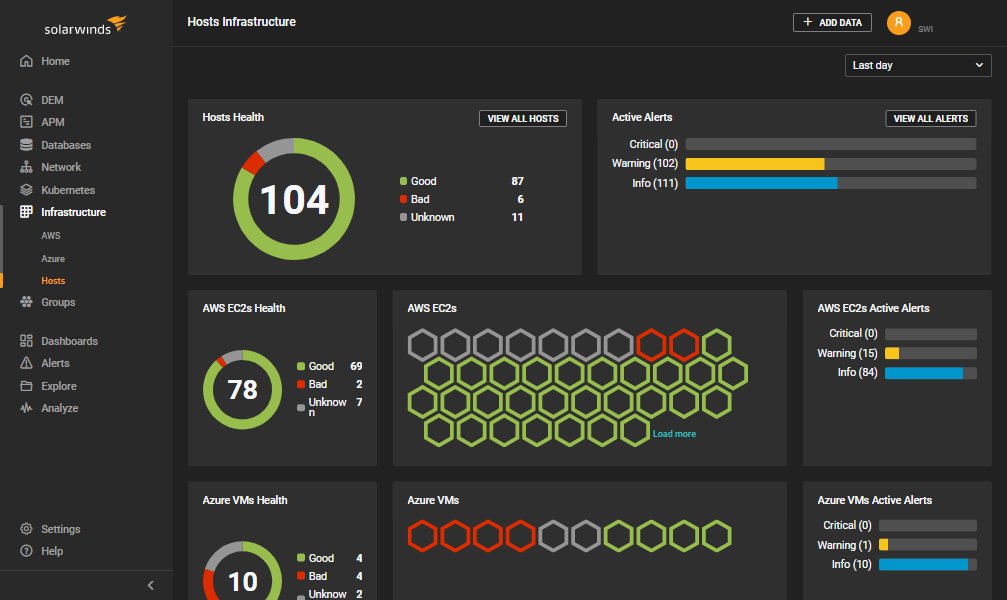Apple’s unstoppable momentum

 In a year in which tech companies have struggled to stay alive, Apple’s stock has doubled.
In a year in which tech companies have struggled to stay alive, Apple’s stock has doubled.
In January of 2009, Apple stock was priced at $78. Last week, it closed at $184. Also late last week, three major investment firms elevated their expectations for Apple. On Thursday, Oppenheimer analyst Yair Reiner increased his target price for Apple from $185 to $210, while Bank of America/Merrill Lynch analyst Scott Craig increased his target from $185 to $220. On Friday, UBS analyst Maynard Um jumped on the Apple bandwagon, and raised the bet, escalating Apple’s target price from $170 to $265.
A 236% jump in stock price from January to October would be remarkable for any company. But in the case of Apple, it happened under the most bizarre of circumstances.






 The combination of high bandwidth and low-cost hard drives has created a small revolution in online storage. Web-based storage like
The combination of high bandwidth and low-cost hard drives has created a small revolution in online storage. Web-based storage like  Facebook has released a “
Facebook has released a “ It’s an exciting time for those looking forward to the rise of tablet computing devices: Not only are the rumors running rampant about Apple’s potential tablet, we’re also finally seeing what Microsoft is bringing to the table with their Courier project.
It’s an exciting time for those looking forward to the rise of tablet computing devices: Not only are the rumors running rampant about Apple’s potential tablet, we’re also finally seeing what Microsoft is bringing to the table with their Courier project. When most people think of Open Source, they think of the big, highly-publicized projects like Linux, Firefox, and OpenOffice.org. But for every high-profile open source project, there are dozens of lesser-known projects. Just pay a visit to
When most people think of Open Source, they think of the big, highly-publicized projects like Linux, Firefox, and OpenOffice.org. But for every high-profile open source project, there are dozens of lesser-known projects. Just pay a visit to  Last week, Gmail failed – for the third time in recent months. Yet again, the media and blogosphere declared the end of hosted services, software-as-a-service and cloud computing as we know it.
Last week, Gmail failed – for the third time in recent months. Yet again, the media and blogosphere declared the end of hosted services, software-as-a-service and cloud computing as we know it. Summer is over. The temperature is dropping and winter is looming on the horizon, which means that it’ll soon be time to take out those scarfs and snow caps and whatever other attire you use to protect yourself against the cold.
Summer is over. The temperature is dropping and winter is looming on the horizon, which means that it’ll soon be time to take out those scarfs and snow caps and whatever other attire you use to protect yourself against the cold.


 Are young Internet users less stingy than old ones? That certainly seems to be the case when it comes to paying for online content according to
Are young Internet users less stingy than old ones? That certainly seems to be the case when it comes to paying for online content according to  The world isn’t a fair place, and yet another way this is laid bare is the huge differences shown in Internet penetration among the population of the various world regions. We thought it would be interesting to see what kind of an effect this is having on the world Internet population of today.
The world isn’t a fair place, and yet another way this is laid bare is the huge differences shown in Internet penetration among the population of the various world regions. We thought it would be interesting to see what kind of an effect this is having on the world Internet population of today.


 We have entered a new era when it’s easier than ever before to get your opinion out there. Writing a short message on Twitter takes almost no effort at all and it is immediately published on the Web. Services like Twitter have amplified the word-of-mouth effect several times over.
We have entered a new era when it’s easier than ever before to get your opinion out there. Writing a short message on Twitter takes almost no effort at all and it is immediately published on the Web. Services like Twitter have amplified the word-of-mouth effect several times over. We hear mostly about the social networking sites where English is the predominant language, like Facebook, MySpace and Twitter. But what about those sites where the vast majority of users don’t speak or use English? We don’t hear about those very much.
We hear mostly about the social networking sites where English is the predominant language, like Facebook, MySpace and Twitter. But what about those sites where the vast majority of users don’t speak or use English? We don’t hear about those very much. If you suddenly find yourself without an Internet connection, there’s a good chance that somewhere a team of construction workers just uttered a collective “uh-oh” because their backhoe dug up a telecom cable. Oops.
If you suddenly find yourself without an Internet connection, there’s a good chance that somewhere a team of construction workers just uttered a collective “uh-oh” because their backhoe dug up a telecom cable. Oops.



















